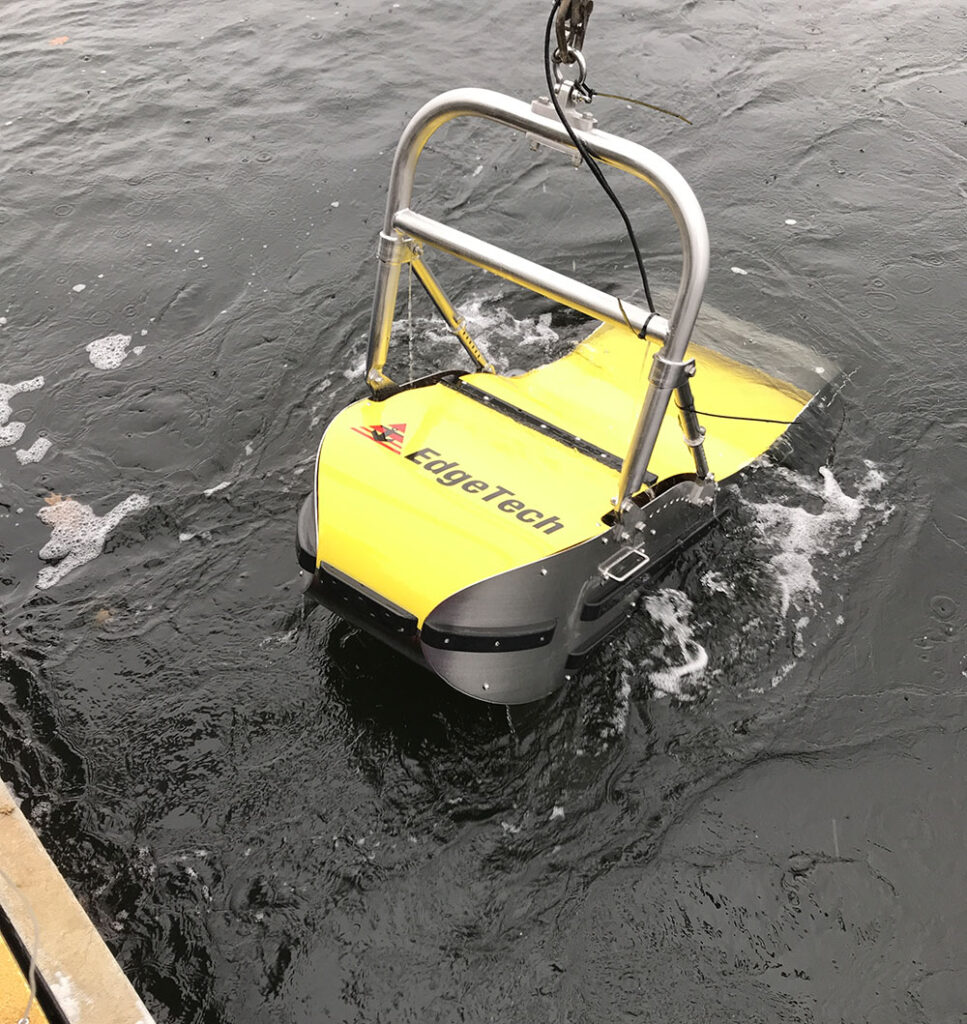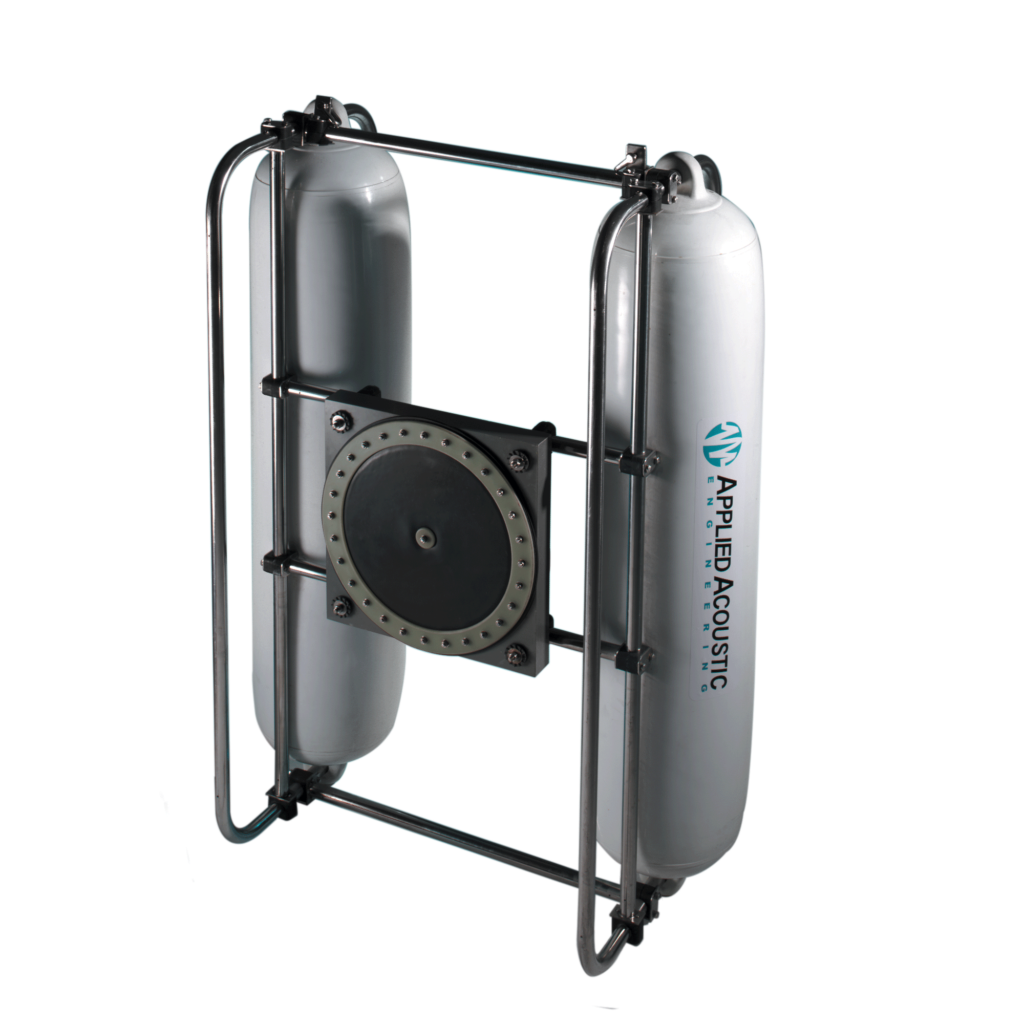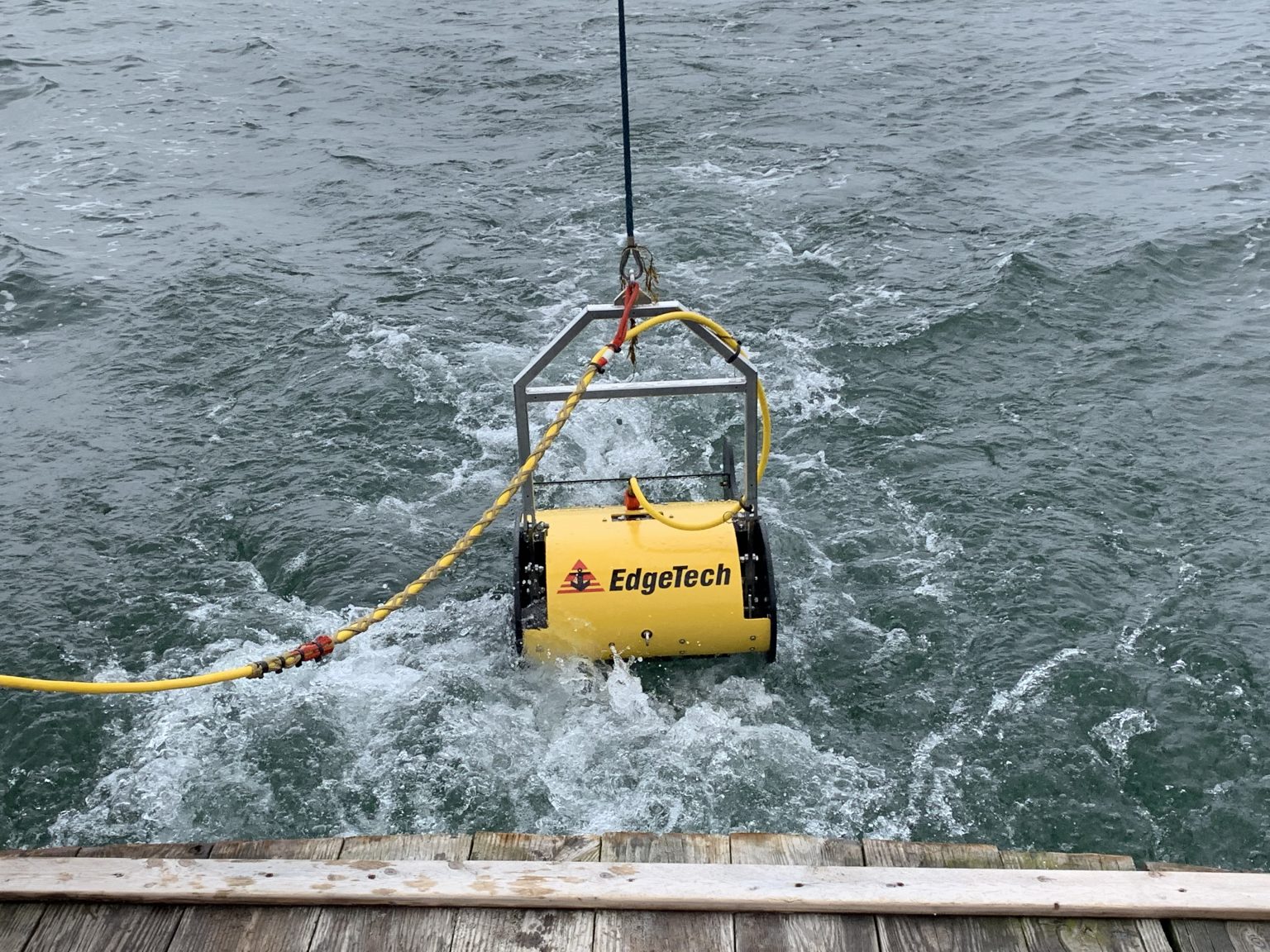Sub bottom profilers are an essential tool used by geophysicists, geologists, oceanographers, and hydrographers to study the seafloor. These devices use sound waves to penetrate the seafloor and generate high-resolution images of the subsurface layers. The data obtained from sub bottom profilers is crucial in understanding the geology, sedimentary processes, and the history of the seafloor. In this blog, we will discuss the different types of sub bottom profiler systems and their applications.

Types of Sub Bottom Profiler Systems
There are several types of sub bottom profiler systems used today, and each system has its unique features and applications. Here are the most common types of sub bottom profiler systems used:
- Chirp: The Chirp sub bottom profiler uses a swept frequency acoustic pulse (usually between 2-18 kHz) that is reflected from the upper few meters of subsurface materials. These are excellent tools for collecting high-resolution images of relatively fine seabed materials however they do tend to struggle in harder coarse material. View our range here.
- Boomers: The Boomer sub bottom profiler uses a high-energy voltage, high energy discharge pulse into a transducer typically mounted on a surface towed catamaran. They are often used where clients need to track bedrock horizons through coarser sands. These systems are sensitive to weather conditions as a hydrophone also needs to be towed in a relatively fixed geometry with the boomer source. Demand for boomers has dropped in recent years as often the higher penetration Parametric systems can often supply sufficient penetration at higher resolution. View the range we have here.
- Sparkers: The Sparker sub bottom profiler system also makes use of a high voltage, high energy discharge to produce an acoustic signal, which provides high relative penetration. Many of these systems are now “negative pulse” systems that no longer require the sparker tip maintenance regime required by older “positive pulse” systems. They are widely used on offshore windfarm surveys to acquire deeper geophysical data and for boulder detection. See our wide range of equipment here.
- Pingers: The Pinger sub bottom profiler system uses a constant waveform pulse (usually between 1-10 kHz. Although largely replaced on many projects by Parametric and Chirp systems, this system is still very good at detection of buried objects such as pipelines due to a relatively large footprint. Check out our range for your next project, here.
- Parametric: These systems generate a low-frequency pulse due to non-linear interaction of two high-intensity simultaneous pulses at higher frequencies in the water column beneath the transducer. The resulting low frequency pulse has a very narrow beam width and can provide greater resolution and deeper penetration than other vessel mounted sub-bottom profilers. See the options available here.

Applications of Sub Bottom Profiler Systems
- Oil and Gas Industry: It is used extensively in the oil and gas industry to identify potential drilling hazards and assess the geology of the seafloor. They can also be used to monitor pipelines and other underwater infrastructure for depth of cover.
- Renewable Energy Industry: Sub-bottom profilers are used in the renewable energy industry to assess the geology of the seafloor, identify potential locations for wind turbines and underwater turbines, and to detect buried obstructions such as boulders.
- Marine Research and Exploration: These systems provide detailed images of the subsurface layers of the seafloor, which helps geologists and oceanographers to understand the geological structure of the seafloor.
- Environmental Studies: The system is used to study the seafloor and monitor the changes in the sedimentary structures of the seafloor. Additionally, they are used to study the impact of human activities such as dredging and offshore construction on the seafloor.
- Archaeological Studies: Sub bottom profiler systems are also used in archaeological studies to locate buried historical artifacts.
- Geological Studies: It is used to study the geology of the seafloor. These systems provide detailed images of the subsurface layers of the seafloor, which helps geologists to understand the geological structure of the seafloor, including the sedimentary processes that have taken place over time.
In conclusion, sub bottom profilers are essential tools used in studying the seafloor. There are different types of sub bottom profiler systems, and each system has its unique features and applications. These systems are used across several industries and different parameters decide which equipment needs to be used for each client project.
Parameters used to identify the best suited Sub-Bottom Profiler
The selection of the most appropriate sub-bottom profiler depends on various factors, including water depth, survey area, target depth, and required resolution. Here are some parameters used to identify the best-suited sub-bottom profiler:
- Frequency Range: This determines its penetration depth and resolution. As a general rule high-frequency systems provide greater resolution but have a shallower penetration depth, while low-frequency systems provide deeper penetration at lower resolution.
- Pulse Length: The pulse length of a sub-bottom profiler determines its resolution and ability to detect small features. Shorter pulses provide higher resolution but have a shallower penetration depth, while longer pulses place more energy in the water and provide greater penetration but lower resolution at a given frequency.
- Beam Width: The beam width of a sub-bottom profiler determines the “footprint” cast on the seafloor. Narrower beams provide higher resolution directly under the source, but cover a smaller area, while wider beams cover a larger area aiding location of buried targets.
We have a wide range of Sub-Bottom Profilers in our portfolio from leading global brands such as Applied Acoustics, EdgeTech, GEO Marine, Innomar, Knudsen and Kongsberg. If you have any requirements for your project, reach out to our experienced technical support team and we will find the right solution for you based on your requirements.
By ug-admin
